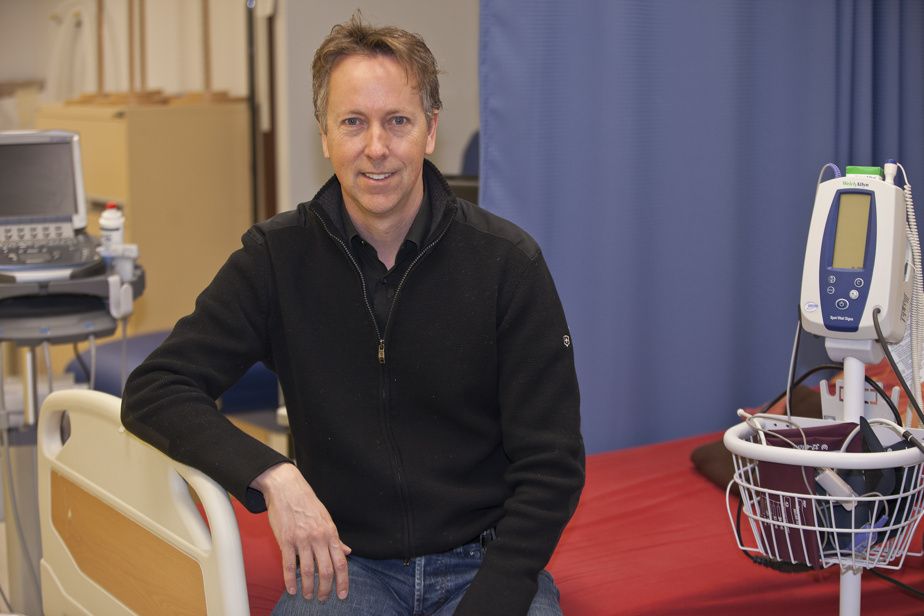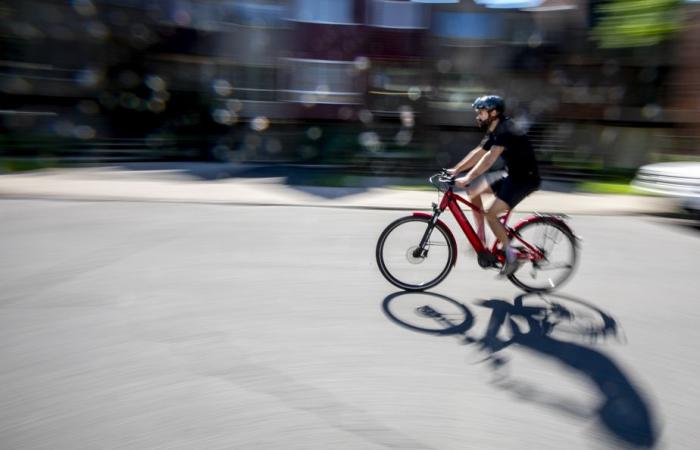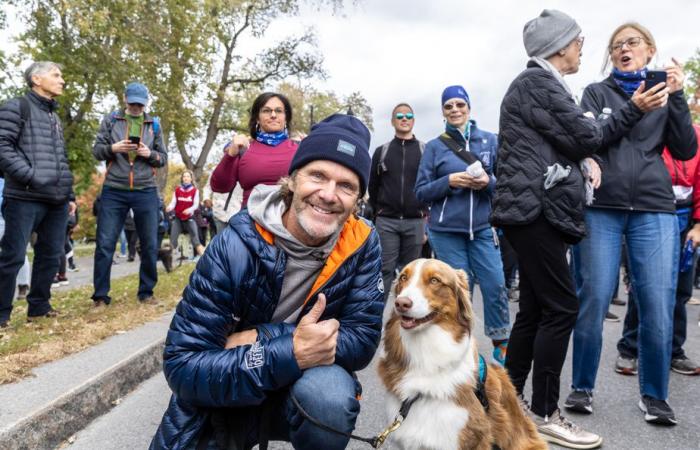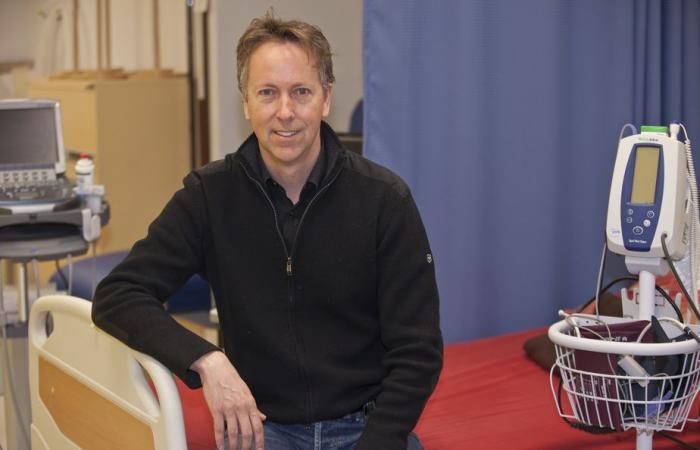In 2020, VAEs, which provide assistance only when the cyclist pedals, already represented a quarter of adult bicycles sold in Quebec. Electric BIXIs are also very successful. In terms of public health, is this good news or bad news?
Published at 2:00 a.m.
Updated at 12:00 p.m.
Pierre Lavoie: This is very good news, because the VAE democratizes cycling. We see people who previously stayed at home reconnecting with this activity that they know and in which they feel competent. They do the same routes they did when they were younger, go cycling again with their wife… That’s why it’s so popular: at Cycle Néron, 60% of sales are e-bikes. In the courses that I do, in my region, it is 8 out of 10.
Christian Duval : The VAE allows a sector of the population – those who no longer saw cycling as a viable activity for them – to feel competent and to be able to go out. The efforts expended on an e-bike are greater than those of walking and certain brisk walks, and there are advantages: you generally go further on an e-bike than on an ordinary bicycle. There, there is no doubt that the VAE can have a significant societal impact.
PL : Yesterday, for example, my 68-year-old friend accompanied me on his e-bike. We did 84 kilometers together, in the mountains. VAEs give hope of cycling for a long time, and the models will continue to improve.
When you ride an e-bike, you burn on average 30% fewer calories than on a regular bike, according to studies. Does that still count as exercise?
CD : Yes ! Reviews of the literature show that indeed, we spend a little less energy on an e-bike than on an ordinary bicycle, but you only need to ride the e-bike for longer to obtain the same caloric expenditure. The caveat that I bring is rather the following: studies clearly show that short-term, sustained efforts, at higher intensity, provide greater metabolic benefits than long-term efforts at equal intensity. When there is a small hill to climb by bike or a small headwind, it is extremely beneficial: it has an effect on your bodybuilding, on your bone structures… In short, you can do shorter distances with a bike. electric and obtain superior results on your metabolism.
PL : Christian, do you have an e-bike?
CD : No, I don’t have one.
PL : I have three – mountain, road and gravel, and I also have three normal bikes. It started one day at the end of October, when I borrowed my wife’s e-bike because it was the only one left in the garage. It was a revelation for me. Pleasure from A to Z. The next day, I left for three hours! When you use it well, the VAE brings you one of the most important benefits of intrinsic motivation: pleasure. When the weather is terrible, I take my e-bike, I leave with a smile, and I come back with a smile. […] The biggest obstacle is us, the athletes. My friends all still have prejudices! However, my most difficult outings are those I do on an eBike. I even predict that, in five years, the majority of Tour de France athletes will use it in training to increase their abilities.
When using the VAE to travel, should we also consider the means of transport it replaces?
CD : Between the VAE and the car, you obviously have to take the VAE. But if you are hesitating between an e-bike and an ordinary bicycle to return from work because there is a hill to climb, as a kinesiologist, I will tell you this: the bicycle without assistance will be more profitable on the physiological level.
PL : We know that people cycle when their work is 7 or 8 kilometers from home, but the e-bike greatly increases this radius. Imagine the environmental and human impact! This is even more true in regions where distances are very long. I see the phenomenon: people get on their bikes, cohabitation takes place, it justifies the asphalt roadsides… And these people have the same smile as me.
What’s so nice?
PL : What we like about cycling is having the wind at our backs. It goes quickly, we feel powerful. With the VAE, it’s as if you always have a tailwind when going uphill.
CD : Pierre and I have one thing in common: we both do triathlons, he elite, me amateur. I’m currently training for Ironman California, and there are days when I have to ride 110 miles even if the weather isn’t nice. Maybe in three, four, five years, I will buy an e-bike for these outings. I know that my future will include an e-bike. […] But I think we must avoid the mistake of telling people who are hesitating between an ordinary bike and an eBike to buy an eBike. It’s case by case. If you are no longer able, physiologically, to do the courses you loved or keep up with your friends, then yes, buy one. But if you want to cycle short distances to get in shape, you probably don’t need it.
PL : I would suggest the opposite. If you want to start cycling, go with an e-bike, you’ll have a lot of fun and you’ll be hooked. And when you’re fit, maybe you’ll switch to a regular bike.
Who are our experts?
Pierre Lavoie
Triathlete, Ironman specialist and co-founder of the Grand Défi Pierre Lavoie. In his eyes, the VAE is “one of the most beautiful developments of the last decade”.
PHOTO JOSIE DESMARAIS, THE PRESS
Pierre Lavoie and his dog Kona
Christian Duval
Professor in the Department of Physical Activity Sciences at UQAM and researcher at the University Institute of Geriatrics of Montreal. He sees the VAE as a beautiful tool, but he defends the benefits of the ordinary bicycle for people without limitations.

PHOTO OLIVIER PONTBRIAND ARCHIVES LA PRESSE
Christian Duval








